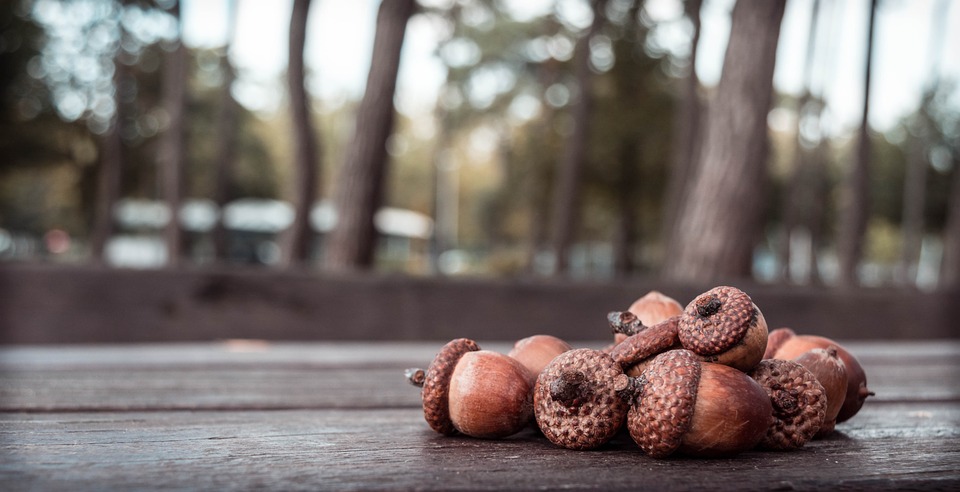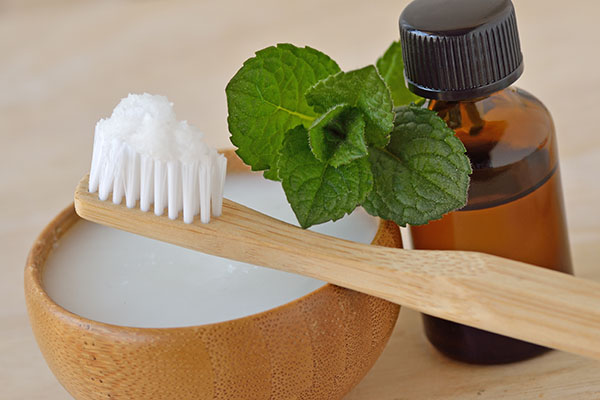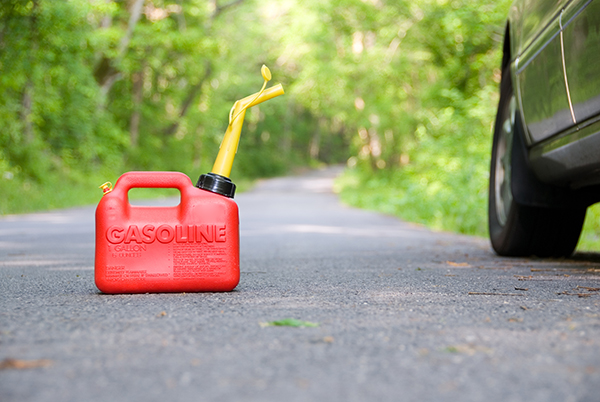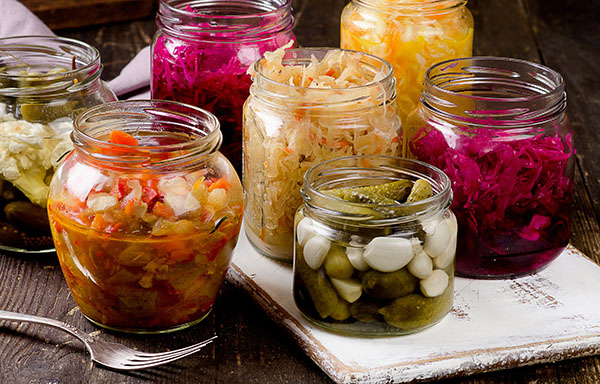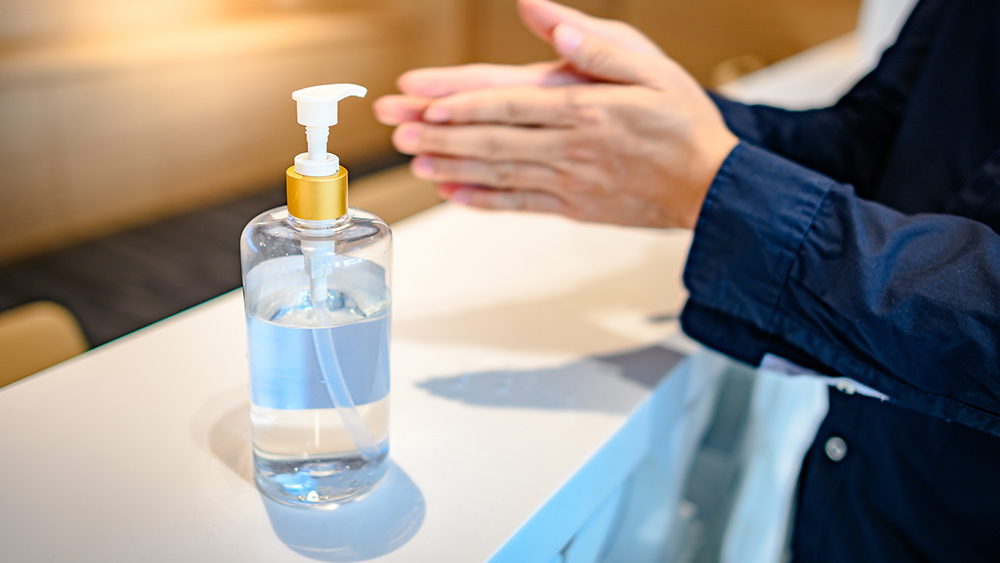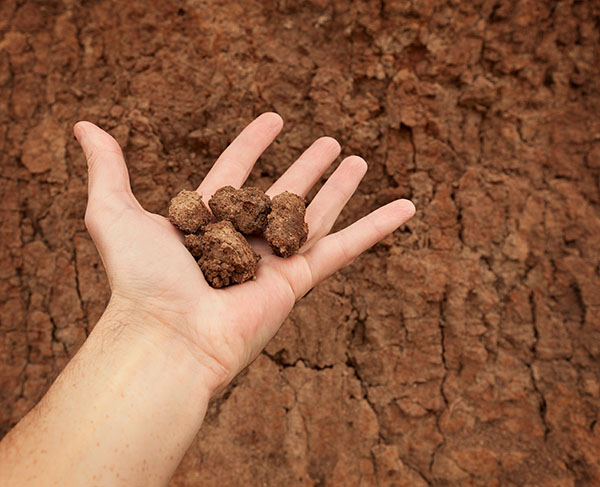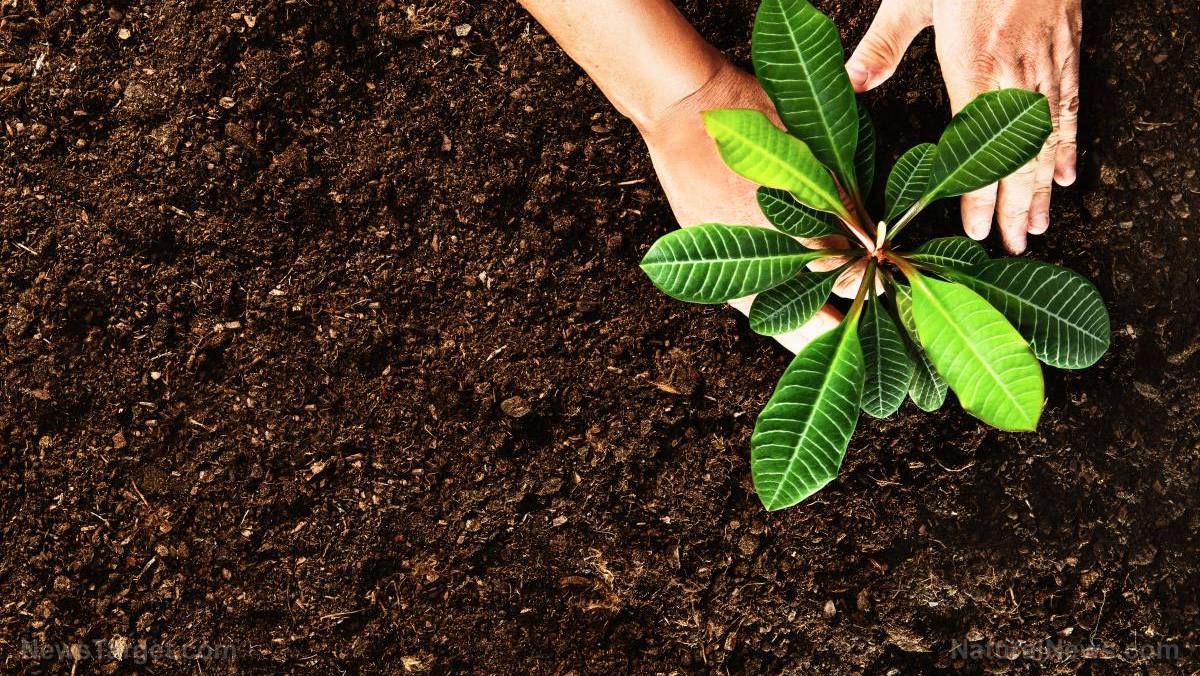280 Million Americans are NOT prepared for common SHTF scenarios
05/04/2023 / By Zoey Sky
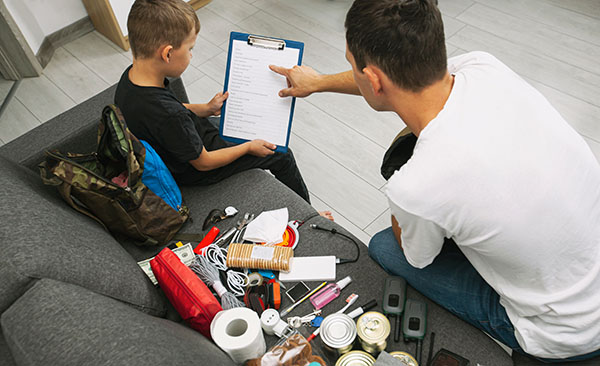
Prepping may be lesser known in your area and there’s a chance that you have no idea how important it is to be prepared for an emergency or disaster.
According to different surveys conducted recently, over 90 percent – roughly 280 million – of Americans are not prepared for an SHTF event.
But it’s never too late to start prepping, especially if you want to make sure you can protect your family and provide for their needs in a disaster or emergency scenario. (h/t to AllNewsPipeline.com)
Learn how to prep like the Boy Scouts
Like preppers, Boys Scouts have a motto well-suited for survival: “Be prepared.”
The Boy Scouts of America have an aggressive training program that teaches young boys survival skills. Their training starts from the age of six, when Scout Leaders cover different scenarios to help Scouts survive in the wilderness or at sea.
Scouts learn how to tie different useful knots, build a shelter, find water and food, and navigate without the use of a compass.
According to the Scout Law, a Scout must be:
- Trustworthy
- Loyal
- Helpful
- Friendly
- Courteous
- Kind
- Obedient
- Cheerful
- Thrifty
- Brave
- Clean
- Reverent
Why non-preppers should start preparing before SHTF
To put this in perspective, think of how many experts have warned that things may go south any day now. Unfortunately, less than 10 percent of America is prepared for a disaster.
Modern Americans are spoiled, and they have become complacent. Early pioneers and preppers did not have supermarkets or clothing and hardware stores.
Non-preppers also rely on modern conveniences like electricity, appliances, cars, roads, pharmacies and hospitals.
Pioneers had no choice but to become one with nature and cooperate with one another to survive. They learned quickly to prepare for natural disasters, droughts and long, freezing winters. They also had to always be prepared for that inevitable “coming storm.”
Many Americans have never been taught how to work together on common tasks or major community projects, like starting a community garden or building a church.
While prepping may seem too extreme for some, there’s no denying that it’s better to be overprepared than underprepared for disasters like a hurricane or a wildfire.
Before SHTF, you should learn how to be self-sufficient like a Boy Scout or a prepper so you can improve your chance of surviving.
Think preppers are exaggerating? Consider this: If a major earthquake hits California, it could trigger other faults such as the Madrid Fault in the Midwest, affecting at least seven states:
- Southeastern Missouri
- Northeastern Arkansas
- Western Tennessee
- Western Kentucky
- Southern Illinois
- Southwestern Indiana
- Northwestern Mississippi
According to experts, Mt. Saint Helens is ready to erupt again, along with Mt. Rainier and the Super Volcano, the Caldera in Yellowstone National Park. There have been hundreds of tremors recorded in 2023 in a 100-mile diameter of the Caldera.
If you look up articles online, you will find reports about these pending events or other survival scenarios.
Prepping can also help you prepare for other challenges like:
- Financial challenges, like economic collapse or sudden unemployment
- Personal challenges, like a house fire, power outage, divorce, or the death of a loved one
- Social unrest and riots
Get started before SHTF
There are many ways to get started on your prepping journey.
When prepping your bug-out bag, don’t forget to include clean drinking water or methods of filtering and purifying water you find outdoors, like a water filter or iodine tincture. (Related: Beginner’s guide to prepping: 6 Things to remember for new preppers.)
You need clean drinking water to prevent dehydration. The average healthy person can live 50 to 80 days without food, depending on their stress level.
However, you can die within three to five days without water.
If you are new to prepping, start with something simple, like building a food stockpile.
First, buy a couple of extra cans of food and bottled water. This is ideal if your budget is tight and you don’t want to spend a lot of money on a week’s worth of supplies.
Just keep adding to your stockpile whenever you can. Discipline yourself and in time, you should have at least three to six months of food and water on hand. This should be enough for your family if you ever face a long-term survival scenario that requires bugging in, like an extended power outage.
And even if disaster doesn’t strike, you can still use up your food supply. Don’t forget to rotate items to make sure they don’t expire and replace things that you use up.
If space is an issue, you should invest in efficient ways to purify water in case you run out or looters steal your water supply. The Red Cross and the Federal Emergency Management Agency (FEMA) recommend electric or non-electric water distillers for emergencies or disasters since the distillation process kills viruses, bacteria and parasites, and it will help remove toxins and most all chemicals from contaminated water.
If you lose water pressure, water filters and reverse osmosis (RO) units are worthless. Alternatively, simply boiling water will only kill bacteria.
Water distillers, on the other hand, help remove all contaminants. If you have a non-electric water distiller, you can purify water from a polluted water source like your pool, a drainage ditch, a pond, a lake or a river.
As for food storage, you need long-lasting survival food like rice and beans. Together, these two foods contain all the nutrients your body needs, like amino acids, carbohydrates, protein, vitamins and minerals.
Once cooked, one cup of rice will produce three cups of rice, the same with beans. You can store both beans and rice for a long time in a seven-gallon plastic bucket with a watertight, airtight screw-on Gamma Lid.
Other supplies you need include warm blankets or sleeping bags. These items will help you stay warm if you need to evacuate and sleep outdoors.
Make sure your bug-out bag also includes a tent and a sturdy tarp to pitch it on.
You should also prepare a basic first aid kit and a flashlight or a lantern and extra batteries. You will also need fire starting tools, a lighter, matches, a ferro rod and a striker to start a fire for cooking.
Additionally, you will need a way to cook food. If you run out of propane, you can cook on campfires.
Prep a backpack with tools like a knife, can opener, hatchet, rope, twine or paracord and a crank radio that doubles as a power bank for charging small devices like your cellphone or flashlight.
Before SHTF, start your research and find out which items and supplies you need for your survival stockpile.
Watch the video below for tips on how to make waterproof tinder for your bug-out bag.
This video is from the Cahlen channel on Brighteon.com.
More related stories:
Learn how to live without electricity from the Amish community.
20 Wilderness survival tips that might save your life after SHTF.
Bug out survival planning: How to get out of the city after SHTF.
Sources include:
Submit a correction >>
Tagged Under:
Boy Scouts, clean water, disaster, emergency food, emergency preparedness, Gear, homesteading, planning, preparedness, prepper, prepping, prepping tips, SHTF, survival, survival gear, survival supplies, Survival Tips, water filters, water purifiers
This article may contain statements that reflect the opinion of the author
RECENT NEWS & ARTICLES
Homesteading.News is a fact-based public education website published by Homesteading News Features, LLC.
All content copyright © 2018 by Homesteading News Features, LLC.
Contact Us with Tips or Corrections
All trademarks, registered trademarks and servicemarks mentioned on this site are the property of their respective owners.

